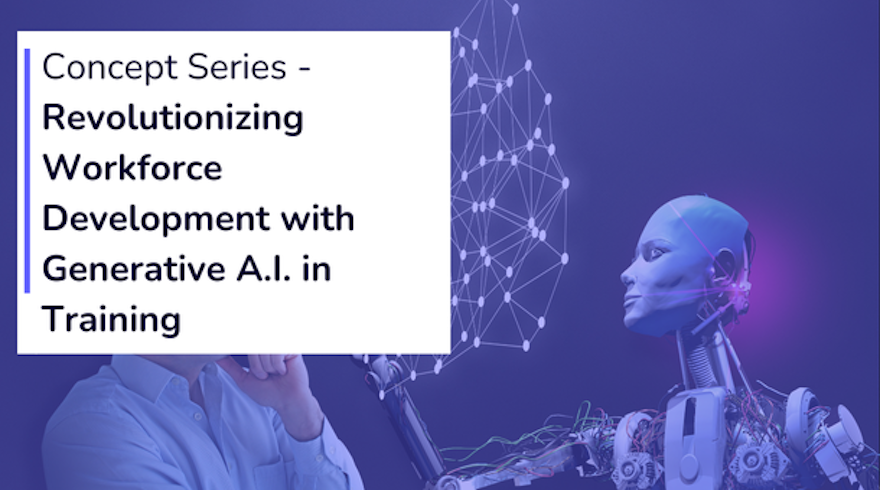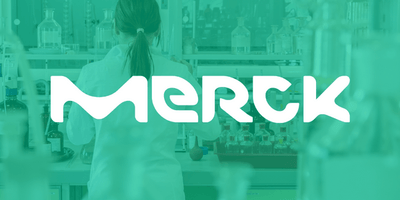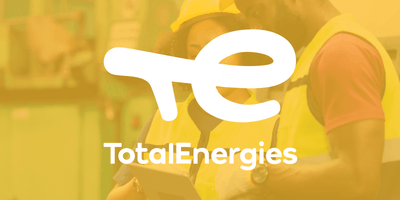Introduction
In today's fast-paced business environment, the efficiency and effectiveness of workforce development are more critical than ever. The traditional methods of training are no longer sufficient to meet the diverse needs of employees and organizations. Enter Generative A.I., a groundbreaking technology poised to revolutionize corporate training.
The Need for Transformation in Workforce Development
As organizations evolve, so must their employee training programs. Factors that necessitate this transformation include:
- Rapid Technological Advancements: Companies need to keep pace with the rapid emergence of new technologies.
- Diverse Workforce: Employees come from varied backgrounds and learning styles, requiring tailored training solutions.
- Changing Job Roles: The nature of jobs is shifting, meaning new skills are required regularly.
- Remote Work: The rise of remote work necessitates flexible and accessible training options.
How Generative A.I. is Revolutionizing Corporate Training
Generative A.I. is changing how corporations approach workforce development in several impactful ways:
1. Personalized Learning Experiences
One of the key advantages of generative A.I. is its ability to create customized learning paths.
- Adaptive Learning: A.I.-driven programs can assess an individual’s strengths and weaknesses, tailoring content accordingly.
- Feedback Mechanisms: Generative A.I. can continuously learn from user interactions, refining the training experience.
- Content Generation: A.I. can generate unique training modules based on specific job roles and learner requirements.
2. Enhanced Engagement and Retention
Maintaining employee interest during training has always been a challenge. Generative A.I. offers solutions:
- Interactive Content: A.I. can produce simulations and immersive environments that actively engage learners.
- Gamification: By incorporating game-like elements, training sessions become more enjoyable and motivating.
- Real-Time A.I. Assistance: On-demand support can be offered during training, allowing learners to seek help when needed.
3. Scalability and Efficiency
Generative A.I. allows organizations to scale their training programs effectively:
- Mass Customization: A single program can be adapted to meet the needs of various teams and individuals.
- Cost Efficiency: By automating content creation, companies can significantly reduce training costs.
- Continuous Learning: A.I. enables organizations to provide ongoing training as new challenges and technologies arise.
Key Use Cases of Generative A.I. in Workforce Development
Numerous industries are reaping the benefits of generative A.I. in their training programs. Here are some notable use cases:
1. Technology Sector
Leading tech companies are increasingly adopting generative A.I. to train employees on new software and tools:
- Automated Code Reviews: A.I. tools can help developers learn best practices by reviewing their code automatically.
- Virtual Lab Environments: A.I. can create realistic coding environments for practical learning experiences.
2. Healthcare
The healthcare industry is utilizing A.I. for training medical professionals:
- Patient Interaction Simulators: A.I. can simulate realistic patient scenarios for training purposes.
- Knowledge Distribution: Generative A.I. can summarize complex medical literature and present it in easily digestible formats.
3. Retail and Customer Service
Retail businesses are leveraging A.I.-driven training solutions to enhance customer service skills:
- Role-Playing Scenarios: A.I. enables employees to practice customer interactions in a risk-free environment.
- Feedback Systems: Real-time A.I. assessments can identify training gaps and suggest improvements.
Overcoming Challenges in Implementing Generative A.I.
Despite the many benefits, there are challenges associated with implementing generative A.I. in training:
1. Data Security and Privacy Concerns
Companies must prioritize data security when using A.I. tools. Sensitive employee and customer information must be safeguarded against breaches.
2. Resistance to Change
Employees may feel apprehensive about new technologies. Providing effective communication and training on how to use A.I. tools is crucial to overcoming resistance.
3. Integration with Existing Systems
Seamless integration of A.I. platforms into existing training systems can be complex but essential for overall success.
Future Trends in Generative A.I. for Workforce Development
As generative A.I. technology continues to evolve, here are some trends to watch:
1. Increased Collaboration Between A.I. and Human Trainers
Human trainers will likely collaborate with A.I. to enhance training, combining human empathy and creativity with A.I.'s efficiency.
2. Evolution of A.I.-Driven Learning Infrastructure
The infrastructure supporting generative A.I. is expected to evolve, making it easier for organizations to adopt these technologies.
3. Emphasis on Lifelong Learning
Generative A.I. will facilitate ongoing education, emphasizing the importance of lifelong learning amidst continuously changing job demands.
Conclusion
Generative A.I. is not just a technological advancement; it is a transformative force in workforce development and corporate training. By creating personalized learning experiences, enhancing engagement, and offering unmatched scalability, A.I. is empowering organizations to prepare their workforce for the future. The synergy of human creativity and generative A.I. is key to redefining workplace skills and ensuring that employees are equipped to meet the challenges of tomorrow.
Call to Action
As you consider the strategic role of generative A.I. in your organization's training initiatives, explore ways to implement these technologies effectively. Stay ahead of the curve and revolutionize your workforce development strategies to cultivate a skilled workforce ready for the future!





